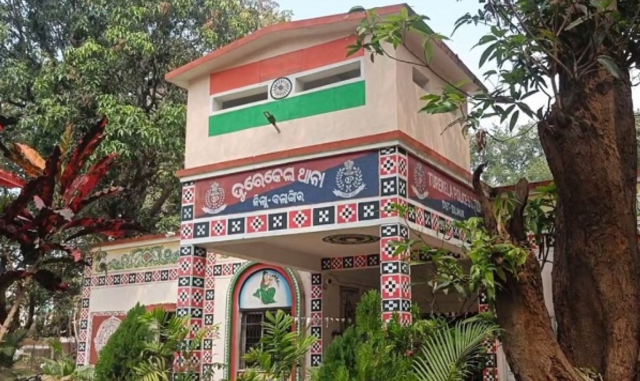In the wake of a landmark Supreme Court ruling on gubernatorial inaction in Tamil Nadu, President Droupadi Murmu has invoked Article 143 of the Constitution, seeking the court’s advisory opinion on whether timelines can be imposed on Governors for clearing state legislation.
The move comes a month after the apex court held that Governors cannot indefinitely sit on Bills passed by the legislature. It had ruled that withholding assent to re-passed Bills was “illegal and arbitrary”, setting a three-month deadline for action.
In her communication to the court, President Murmu posed key constitutional questions:
-
Is the Governor bound by the aid and advice of the Council of Ministers under Article 200?
-
Is a Governor’s discretion justiciable despite Article 361, which shields them from court proceedings?
-
Can judicial orders impose timelines and prescribe procedures for the President’s role under Article 201, in the absence of explicit constitutional guidelines?
The President’s intervention directly follows the court’s criticism of Tamil Nadu Governor R.N. Ravi for delaying assent to 10 Bills passed by the DMK-led state government. The ruling bench of Justices J.B. Pardiwala and R. Mahadevan asserted that such delays threaten democratic principles and violate constitutional norms.
The judgment emphasized that while courts typically refrain from wading into political matters, they retain jurisdiction over constitutional questions. It recommended that when legislation raises legal doubts, the Union should refer it to the court under Article 143, rather than substituting its own judgment.
“Only constitutional courts have the authority to interpret legality and constitutionality. The executive must not assume this role,” the bench had stated.
Now, with newly sworn-in Chief Justice B.R. Gavai at the helm, the Supreme Court must decide whether to escalate the issue to a Constitution Bench or reaffirm its prior verdict.
The case could redefine the delicate balance between the legislature, executive, and judiciary, and set clear boundaries on Governor and Presidential discretion—a long-debated grey area in India’s federal structure.





























